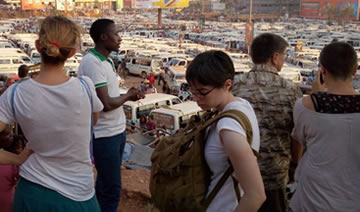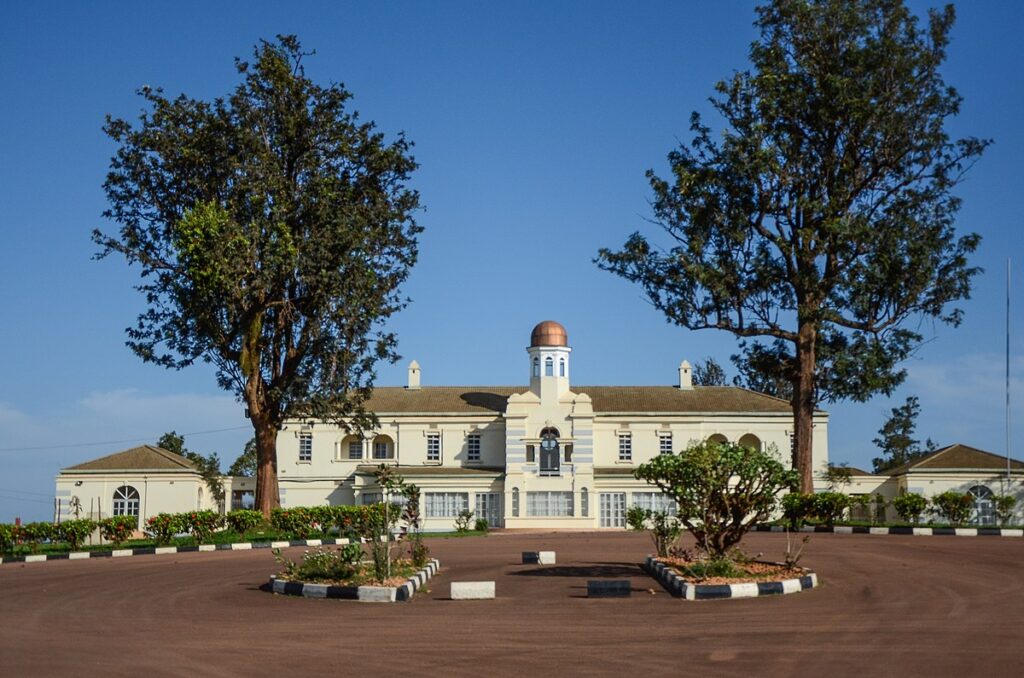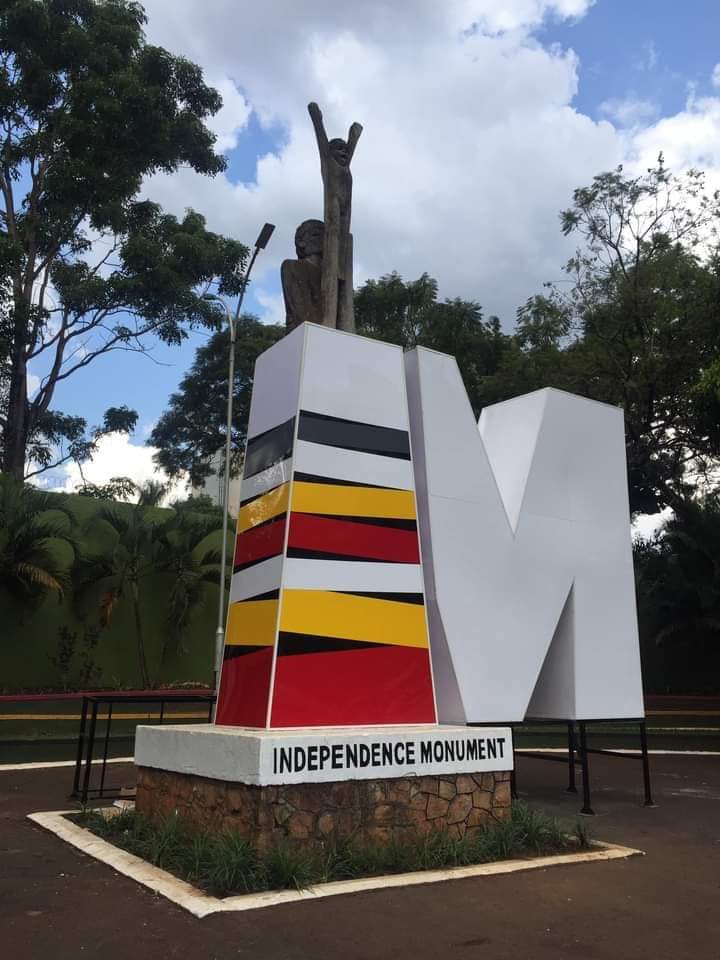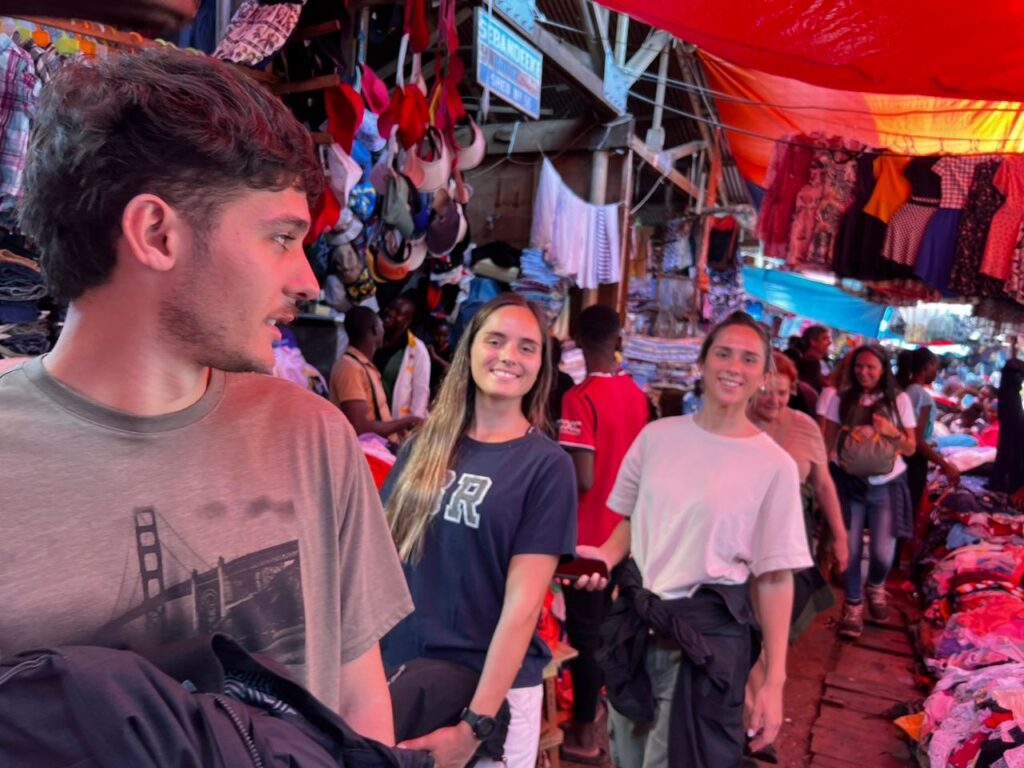Kampala tour/Kampala tours/Kampala city tours/Slum tours/walking tours/boba-boda tours/motorbike tours/Kampala sightseeing tours. A walking tour in Kampala is often overlooked by travelers rushing to Uganda’s wildlife reserves, yet the city’s bustling streets and hidden corners are best explored on foot. The vibrant capital, spread across seven historic hills, is experienced through immersive journeys that reveal layers of culture, history, and daily life. The essence of Kampala is captured when the city’s rhythm is felt underfoot, rather than observed from a vehicle. Streets teeming with vendors and boda-boda motorcycles are navigated, offering glimpses into local livelihoods. Moreover, the sensory overload,from aromatic street food to colorful markets is amplified in this mode of exploration. A walking tour in Kampala allows for spontaneous interactions, where conversations with residents are initiated naturally. Additionally, the physical activity involved promotes a healthier way to sightsee, blending exercise with discovery. However, caution is advised in crowded areas, where belongings are secured against pickpockets. Why consider a walking tour? Cultural immersion is achieved effortlessly during a walking tour in Kampala, as traditions and customs are unveiled step by step. The Buganda Kingdom’s influence is encountered at sites like the Kabaka’s Palace, where royal history is shared by knowledgeable guides. Furthermore, visits to the Kasubi Tombs, a UNESCO World Heritage site, reveal the burial grounds of ancient kings, preserved in thatched structures. Local crafts markets, are explored, showcasing handmade items from bark cloth to beaded jewelry. In addition, the diversity of Uganda’s tribes is reflected in the dances and music that might be witnessed along the route. Historical landmarks are highlighted prominently in any walking tour in Kampala, providing context to Uganda’s past. The Independence Monument is approached, symbolizing the nation’s liberation from colonial rule in 1962. The Uganda Martyrs Shrine in Namugongo is often included, where the stories of executed Christians are recounted, drawing pilgrims from afar. Additionally, the evolution of education is traced at Makerere University, one of Africa’s oldest institutions, founded in 1922. However, some sites like the Kasubi Tombs may be under reconstruction, so itineraries are adjusted accordingly. Therefore, the tour becomes a living history lesson, with each step building on the narrative. Panoramic views and architectural wonders are admired from elevated points during a walking tour in Kampala. The Uganda National Mosque, formerly known as the Gaddafi Mosque, is climbed via its minaret’s 300 steps, offering 360-degree vistas of the city’s seven hills. Furthermore, the Baha’i Temple, perched on a hilltop, is visited for its serene gardens and unique nine-sided design, representing unity. The Namirembe Cathedral, an Anglican landmark on one of the original hills, is explored for its colonial-era architecture. In addition, the Rubaga Cathedral provides insights into Catholic influences in Uganda. Local cuisine and markets are savored intimately on a walking tour in Kampala, turning meals into cultural highlights. Street foods like the famous Rolex a chapati wrapped around eggs and vegetables are sampled from vendors, introducing flavors unique to Uganda. Moreover, bustling markets such as Owino and Nakasero are wandered through, where fresh produce, spices, and second-hand goods are bargained for. The chaos of these spaces is embraced, with guides ensuring safe navigation amid the crowds. Additionally, traditional dishes like matooke or luwombo are tried at roadside eateries. Therefore, the tour transforms eating into an adventure, enriching the sensory journey. Thus, a walking tour in Kampala is recommended for those seeking an authentic connection to Uganda’s capital. The city’s vibrancy is unlocked through on-foot exploration, where history, culture, and cuisine converge. Moreover, the benefits extend beyond sightseeing, fostering personal growth and sustainable practices. Whether landmarks are admired or markets are browsed, the experience lingers long after. Therefore, travelers are encouraged to lace up their shoes and step into Kampala’s heartbeat, discovering why this adventure is truly unforgettable.WHY YOU SHOULD EMBARK ON KAMPALA WALKING TOUR









